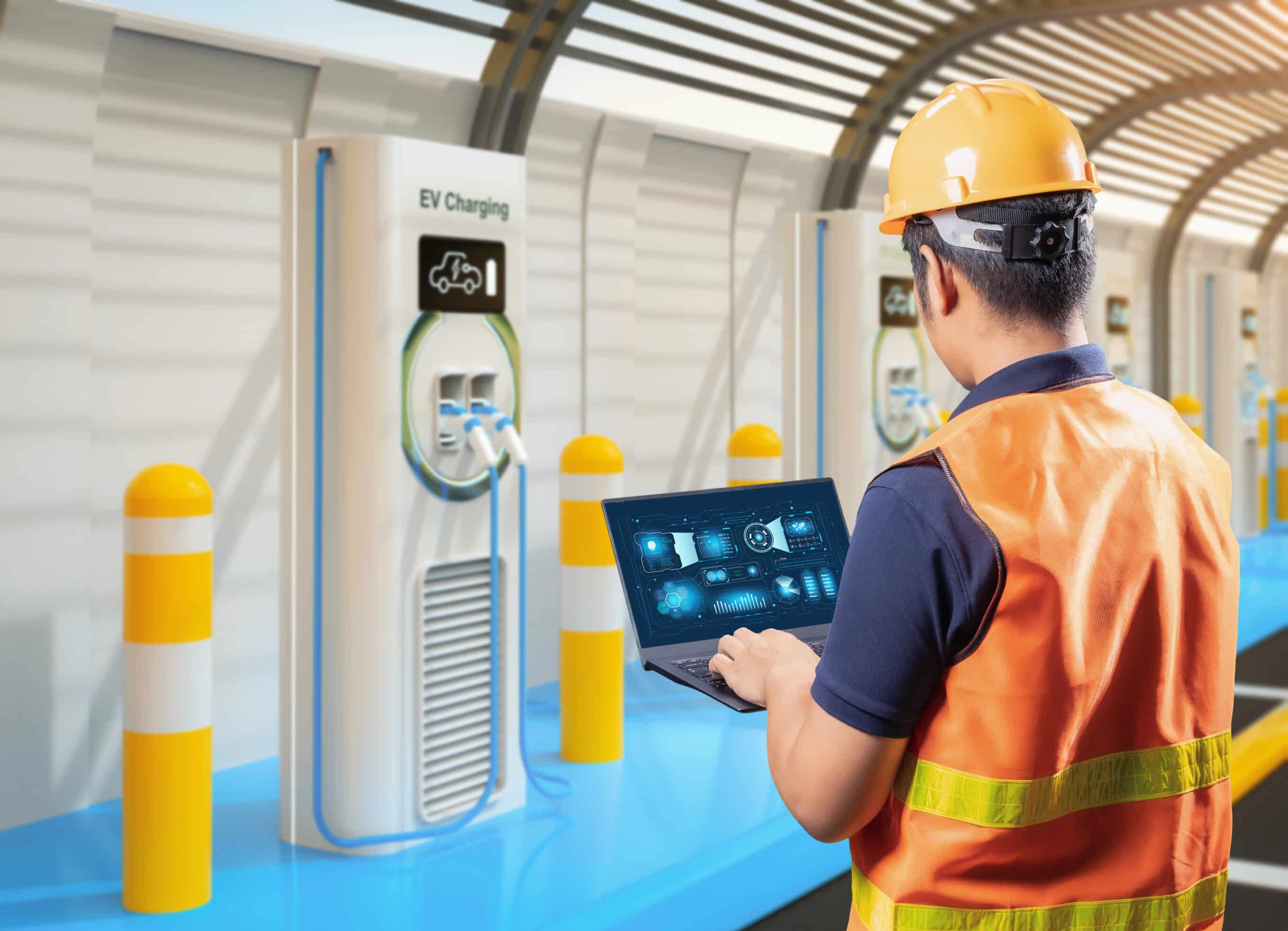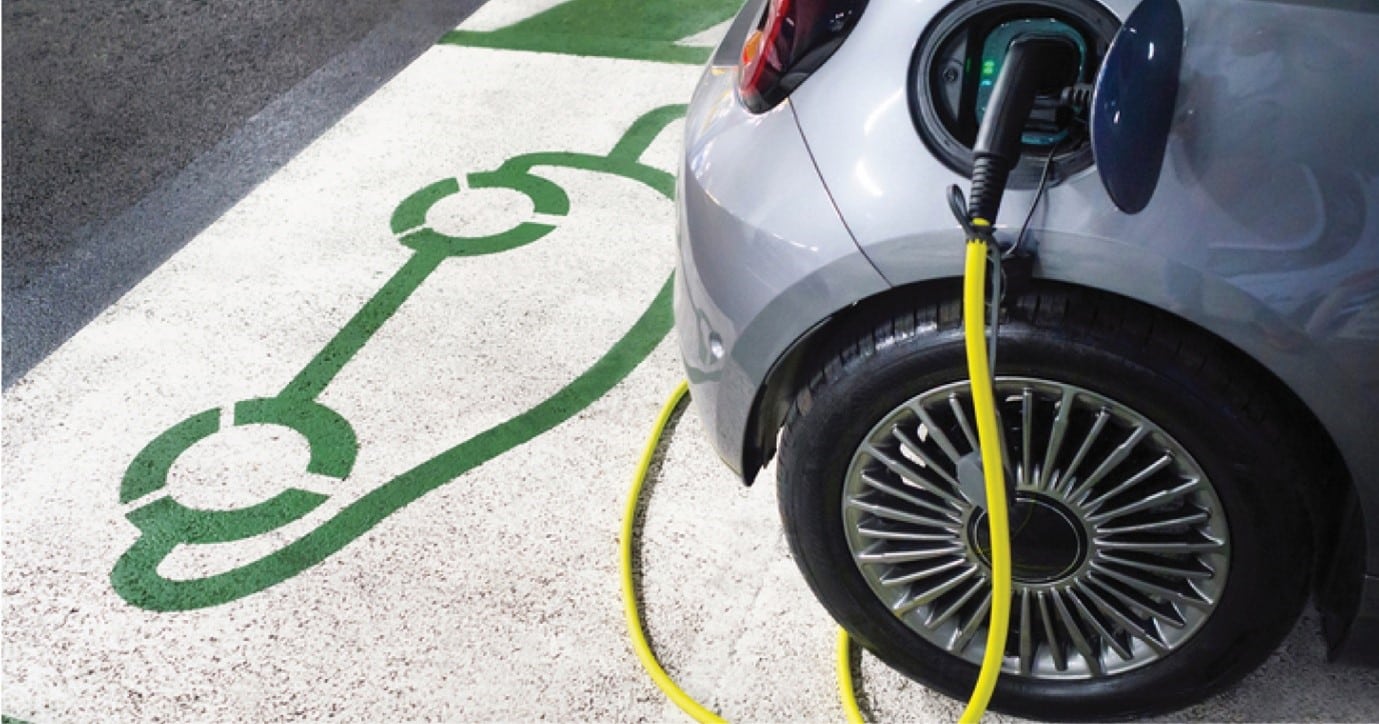Climate technology: a new frontier for insurance
Climate change is top of mind for many Australian businesses as governments and organisations worldwide pledge to achieve net zero greenhouse gas emissions.
Globally, governments are implementing robust policies and regulations to reduce greenhouse gas emissions and promote sustainable practices. These measures may encompass carbon pricing, renewable energy targets, energy efficiency standards, and incentives for clean technologies.
Under the Paris Agreement, Australia and 192 other parties committed to substantially reducing global greenhouse gas emissions to limit the global temperature increase in this century to 2°C (while pursuing efforts to limit the increase even further to 1.5°C). It is thought that at this level, the more extreme impacts of climate change – floods, heatwaves, rising sea levels, threats to food production – can be arrested.
In 2022, the Australian Government legislated the nation’s greenhouse gas emission targets to reach net zero by 2050.
By 2030, the country aims to reach emission levels of 43% below 2005 levels. Although the Climate Change Act itself does not impose obligations directly on companies, its passage into law sets the scene for sector-based reforms to be implemented to enable the 2030 target to be met and this will impact businesses, note lawyers.
Regardless of whether laws will dictate an organisation’s actions, businesses are being compelled to act.
There is rising concern among businesses and the community about the impact of climate change.
According to the Ipsos Climate Change Report 2022, 83% of Australians are concerned about climate change and 70% consider that the country is already being affected, primarily with more frequent and extreme natural disaster events. This is up from 56% in 2011, showing a steady increase in concern.
The Future Risks report from AXA and Ipsos, found climate change was the top future risk cited by both experts and the general population.
The Carbon Market Institute’s 2023 Australian Climate Policy Survey found 47% of businesses support a net zero economy no later than 2040, and 87% believe Australia should set a target for net negative emissions.
Putting their money where their proverbial mouths are, many Australian businesses are increasing their sustainability efforts.
Research from CommBank found that businesses are focussing more on transitioning to net zero – with nearly 58% adopting a sustainable initiative such as reducing carbon emissions, green energy initiatives, sustainable waste management, and reducing water use. And 49% are planning to adopt further measures.
Businesses are also embracing climate technology.
Climate technologies are a group of technologies focussing on addressing climate change. According to the United Nations, these are technologies that help reduce greenhouse gas emissions and include renewable energies such as wind energy, solar power and hydropower.
The technologies span a wide spectrum of industries including renewable and alternative energy; food and agriculture; transport and mobility; built environment and energy efficiency; storage and transmission; manufacturing; and carbon technology.
Climate tech embraces sustainability endeavours including electric vehicles; hydrogen energy; carbon capture, storage and removal; batteries and energy storage; smart homes, buildings, cities, grids, agriculture; remote sensing of greenhouse gas emissions; low-carbon cement; vacuuming gas from the atmosphere; CO2 fighting resilient crops; the world bee project; lab-grown food; tools to measure and report on carbon emissions…the list goes on.
Climate tech is forecast to grow ninefold over the next decade.
According to Future Market Insights’ Global Climate Tech Report 2023, the market is currently worth US$20.34 billion and is set to climb to US$182.54 billion by 2033. Climatic change, depletion of natural resources and rising pollution levels are expected to drive the growth in the market.
The report notes that the factors influencing climate tech market growth include:
- A greater understanding of climate change and its effects among the general population
- Implementation of regulations and policies designed to lessen greenhouse gas emissions and advance sustainability, and
- Technological advancements in renewable energy storage, as well as carbon capture and storage.
Businesses are increasingly embracing climate tech to meet their sustainability objectives.
Businesses across different industries and regions, and in various stages of development, are implementing climate technologies to meet their stakeholders’ climate-related demands. And the number which embrace climate tech is expected to increase as industries transition to a net zero economy.
A business may be involved in early-stage climate tech (that is, developing the products, services and technologies) or using commercialised climate tech (for example, shipping solar panels, assembling power systems for hybrid vehicles, or producing renewable energy at multiple locations).
The application of climate tech is as diverse as the businesses within the industries. Insurance giant Chubb notes these possible scenarios:
- A food conglomerate known for its tasty snacks and yogurt is starting a laboratory to make plant-based foods.
- A storied automaker is significantly increasing its production of electric vehicles.
- A popular hotel chain is adding EV charging stations to its parking lots.
- A real estate developer building a new residential apartment complex is now using solar panels on all roofs.
Climate technologies may be critical in the transition to a net zero economy, but they present risks.
With the greater adoption of climate tech has come increasing social expectations, consumer demand, and regulatory standards around climate tech solutions. It has also meant businesses have become exposed to climate technology risks.
While the business is exposed to new risks associated with climate technology, securing the product and general liability insurance covers needed may not be straight forward. A Nasdaq article referred to insurance for climate technology as “the biggest gap you’ve never heard of.”
“As climate tech businesses innovate and build new technologies for the future, they face unique risks due to the unprecedented nature of their operations, an evolving regulatory environment and the urgency of scaling for the low carbon transition,” notes Chubb.
“The operational profiles of climate tech companies are complex, and their spectrum of risk exposures is broad.”
As new technology emerges, so too do new risks.
This is leaving the insurance industry playing catch-up. Traditionally, insurers assess and price risk based on historical statistical/actuarial data but, with new areas of risk, the data is simply not available. Another challenge is the ever-changing nature of the risk. As a result, the market for climate technology covers is currently limited.
The insurance industry is gradually adapting to the rise in the new climate technology and the risks that policyholders face. Until the market is more mature and insurers are better able to price risk, specialist underwriting is needed for those businesses involved with the technology.
If you are using climate tech in your business, talk to your EBM Account Manager about managing your risks and optimal insurance solutions.








